[Cable] What are the tests for the five major types of wires and cables? What certifications are obtained?
An institution has conducted surveys on domestic wire and cable. The results show that the pass rate of the wire and cable that is ISO9000 certified by the manufacturer is below 90%, and those small-scale wire and cable manufacturers that have not passed the certification. The product qualification rate is even less than 30%. According to the survey report issued by the quality inspection agency, the overall qualification rate of wire and cable sold by various franchised stores in the market is about 70%, and the sales rate of wire and cable for those smaller hardware stores. Even less than 10%. The quality of domestic wire and cable is worrying.
1 bare wire and bare conductor products
The main features of this product are: pure conductor metal, no insulation and sheath layer, such as steel core aluminum stranded wire, copper-aluminum busbar, electric locomotive line, etc.; processing technology is mainly pressure processing, such as smelting, rolling, pulling System, stranding/tightening stranding, etc.; products are mainly used in suburbs, rural areas, user main lines, switch cabinets, etc.
2 power cable
The main features of this type of product are: extrusion (winding) insulation on the outer conductor, such as overhead insulated cable, or stranding (corresponding to the phase, neutral and ground of the power system), such as overhead insulated cables with two cores or more , or add a jacket layer, such as plastic / rubber sheathed wire and cable. The main process technologies include drawing, stranding, insulation extrusion (winding), cable-forming, armoring, and sheath extrusion. The different process combinations of various products have certain differences. The products are mainly used for transmission of strong electric energy in the transmission, distribution, transmission, transformation and power supply lines. The current passing through is large (tens of amps to several thousand amps) and the voltage is high (220V to 500kV and above).
3 electrical equipment wire and cable
The main features of this type of product are: wide variety of specifications, wide application range, use voltages of 1kV and below, and new products such as fire-resistant cables, flame-retardant cables, low-smoke halogen-free/low Smoke low halogen cable, termite resistant, mouse cable, oil/cold resistant/temperature resistant/wear resistant cable, medical/agricultural/mineral cable, thin wall wire, etc.
4 bare wire and bare conductor products
With the rapid development of the communication industry in the past two decades, the products have also experienced phenomenal development speed. From the simple telephone telegraph cable in the past to thousands of pairs of cable, coaxial cable, optical cable, data cable, and even a combination of communication cables. The structure size of such products is usually small and uniform, and the manufacturing precision is high.
5 electromagnetic wire (winding wire)
Mainly used in various motors, instruments and so on.
What testing certifications do you need to do?
Common testing items and testing purposes
1 electrical performance test
There are mainly DC resistance of conductor, insulation resistance, finished voltage test and voltage test between insulated cores. Each item is very important. The conductor resistance directly reflects the electrical transmission performance of the cable, which directly affects the temperature, life and voltage of the cable during energization. Drop and operation safety, it mainly checks the material and cross-sectional area of the conductor. If the material of the conductor is not good or the cross-sectional area is seriously insufficient, the DC resistance of the conductor will be seriously exceeded. This cable will increase the current on the line. The loss during the passage causes the cable conductor itself to generate heat, causing the insulation of the covered conductor to rupture, causing leakage, short circuit, and even fire in the power supply line, endangering the safety of people and property. The standard has strict regulations on the DC resistance value of the conductors of different specifications, and shall not exceed the value specified in the standard.
The insulation resistance, the finished voltage test and the voltage test between the insulated cores are all examined for the electrical insulation properties of the cable insulation and the sheath. The insulation resistance is the resistance of the insulation between the two conductors. It should be large enough to To insulation protection. The finished voltage test and the insulated core-to-core voltage test not only require the cable to have sufficient insulation capacity, but also require the insulation or sheath material to be uniform and free of impurities, the thickness is sufficiently uniform, and the surface must not have invisible trachoma, pinholes, etc., otherwise it will cause Partial breakdown during the withstand voltage test.
2 mechanical properties testing
Mainly to test the tensile strength and elongation at break of insulating and sheathed plastic materials, including before and after aging, as well as flexural test, bending test, load breaking core test, insulated core tear test for finished soft cable, Static bending test, etc. The tensile strength before and after aging and the elongation at break before and after aging are the most important and most basic indicators of cable insulation and sheathing materials. It is required to be used as the material for cable insulation and sheath. It is necessary to have sufficient tensile strength and not easy to pull. Broken, and must have a certain degree of flexibility, aging refers to the ability of insulation and sheath materials to maintain their original properties under high temperature conditions, aging should not seriously affect the tensile strength and elongation of materials, these will directly affect If the tensile strength and elongation at break of the cable are unqualified, the sheath or insulator may be broken when the cable is installed and installed, or the sheath and insulation of the cable used in light or heat may be changed. Brittle, broken, causing the live conductor to be exposed, posing a risk of electric shock.
In addition, since the flexible cable is not fixedly laid, there are repeated dragging and bending in use, so the soft cable standard is additionally provided with dynamic bending test, bending test, load breaking core test, and insulated core on the finished cable. Tear test, static bending test, etc., to ensure that the cable meets the requirements in actual use. For example, the dynamic flexural test mainly assesses whether the flexible cable is broken by the external mechanical tension and bending, whether the stranded wire of the soft conductor breaks to reduce the electrical transmission performance, or pierce the insulation to reduce the electrical properties of the insulation; A test method that is affected by stress is whether it is deformed or cracked and affects the electrical insulation properties of the cable.
3 insulation and sheath material performance test
Including thermal weight loss, thermal shock, high temperature pressure, low temperature bending, low temperature stretching, low temperature impact, flame retardant properties and so on. These are the properties of plastic materials for insulation and sheathing. For example, the thermal weight loss test is to detect the degree of degradation and volatilization of materials after high temperature aging at 80 °C for 7 days; the thermal shock test is performed at 150 °C for 1 h after special temperature. Whether the insulation surface of the winding is cracked; the high temperature pressure detects the degree of elasticity of the insulation material after being cooled by high temperature; all the low temperature tests generally refer to the change of mechanical properties at -15 ° C, and the cable material is detected. Whether it is brittle, easy to crack or easy to break under low temperature environment.
In addition, the flame retardant performance of the cable is very important. The test to test the performance is a non-flame retarding test, that is, the finished cable installed according to the standard is ignited with a special flame for a certain period of time, and the cable is checked after the flame is self-extinguishing. In the case of burning, of course, the less the portion burned, the better, indicating that the burning property is poor, the flame retardancy is good, and the safer.
4 mark check
The standard requirements cable label should be accompanied by a label or logo indicating the product model, specification, standard number, factory name and place of origin. The specifications include the rated voltage, the number of cores and the nominal cross section of the conductor. The surface of the cable should be printed with the name of the manufacturer and the model number. And the continuous mark of rated voltage, the mark spacing requirement is ≤200mm (insulated surface) or ≤500mm (sheath surface), the content of the mark should be complete, clear and rub-resistant. This requirement is convenient for the user to understand the model specification and voltage level of the cable. In case of laying errors. In addition, the wire insulated core should be preferred to the standard recommended color, especially the yellow / green two-color core, which is generally used in the power cord of electrical products, this special two-color line is dedicated to grounding, for yellow The /green matching standard also has the following provisions: that is, for each segment of insulated core with a length of 15 mm, one of the colors should cover at least 30% of the surface of the insulated core, and not more than 70%, while the other color covers the insulated core. The rest of the yellow-green color should be balanced.
5 structural size detection
Including the thickness of the insulation and sheath, the thinnest thickness, the external dimensions, and so on. The thickness of the insulation and the sheath is very important for the voltage that the cable can withstand, and its mechanical properties. Therefore, for different specifications of the cable, the standard has strict thickness requirements, and the requirements must not be lower than the country. Standard set value. If the insulation thickness of the cable is too thin, it will seriously affect the safety of the cable. It will bring safety hazards such as cable breakdown and leakage caused by bare conductor. Of course, the thicker the better, it should not affect the installation. Therefore, the standard has a size requirement. Limit this.
Common certification
1CCC certification
Compulsory certification is a passport to enter the domestic market.
2CB certification
Conducive to the export of products for household, office, workshop and similar places directly related to personal safety electrical products, such products in some countries in the implementation of compulsory certification, that is, after obtaining the country's certification certificate, is allowed to export to the Country and sell in the country market. Even in countries where compulsory certification is not in place, consumers are willing to purchase products that have been certified with a certification mark for their own safety.
3CE certification
It is a passport for products entering the EU and European Free Trade Zone countries. Products that are certified and labeled with the CE mark will reduce the risk of selling in the European market:
1) the risk of being detained and investigated by the customs;
2) the risk of being investigated by the market supervision agency;
3) The risk of allegations of peers for competitive purposes.
4UL certification
In the US market, consumers and purchasers are more willing to purchase products with the UL certification mark.



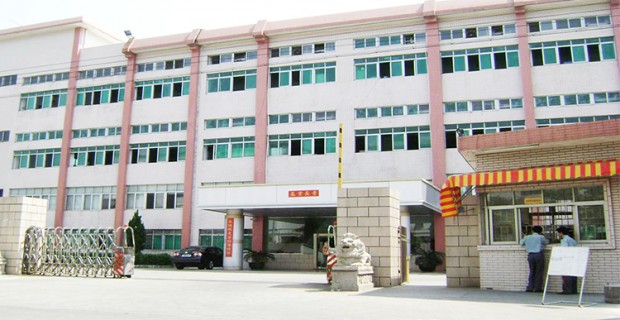




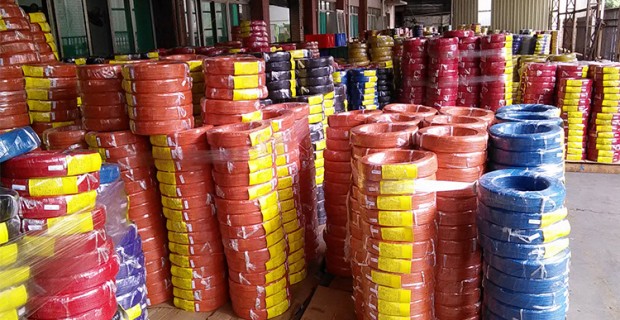
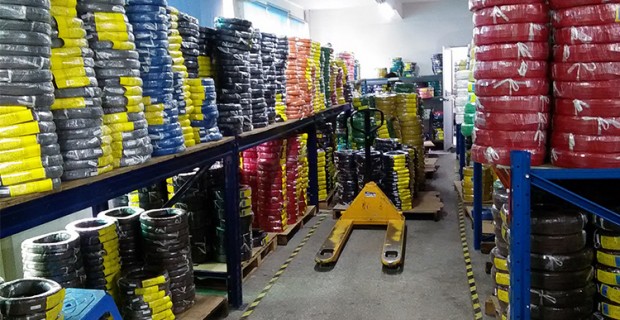
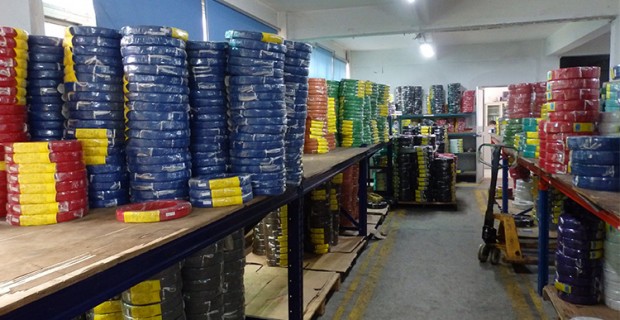
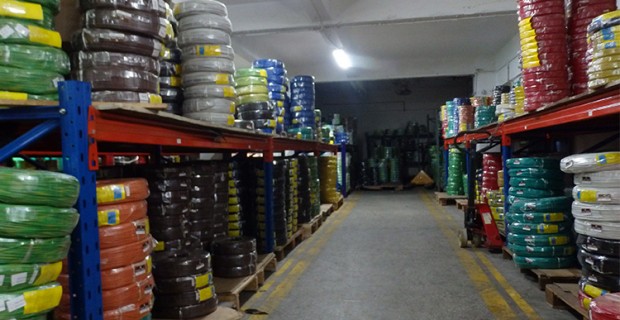
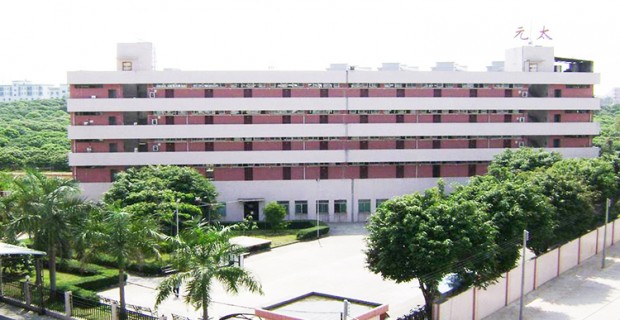
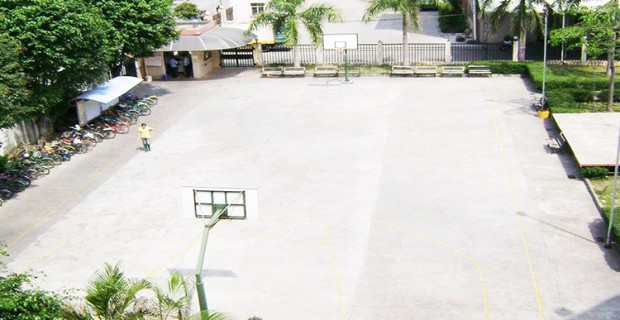
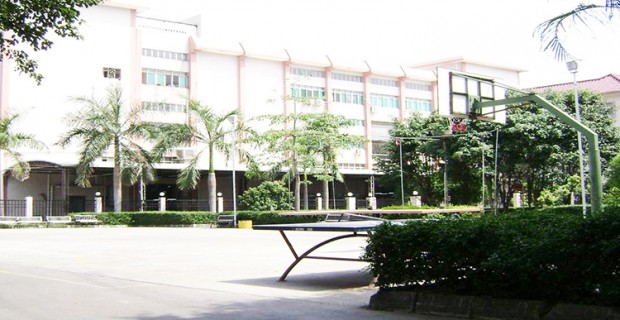
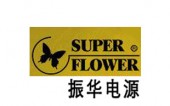
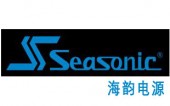
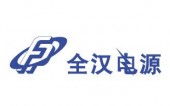
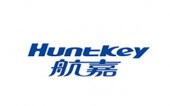
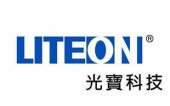
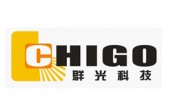
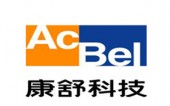


 Pre-sales advice
Pre-sales advice